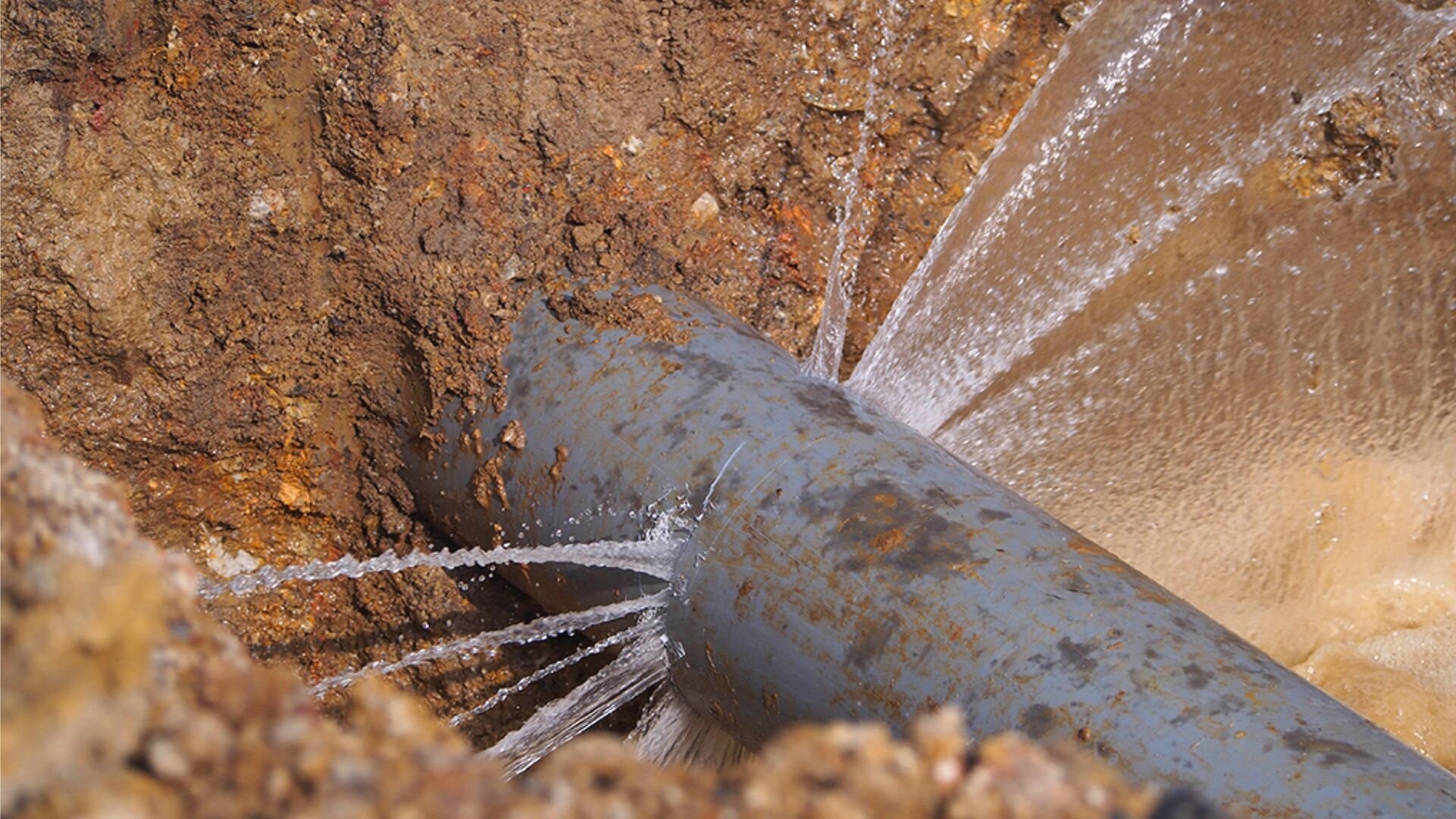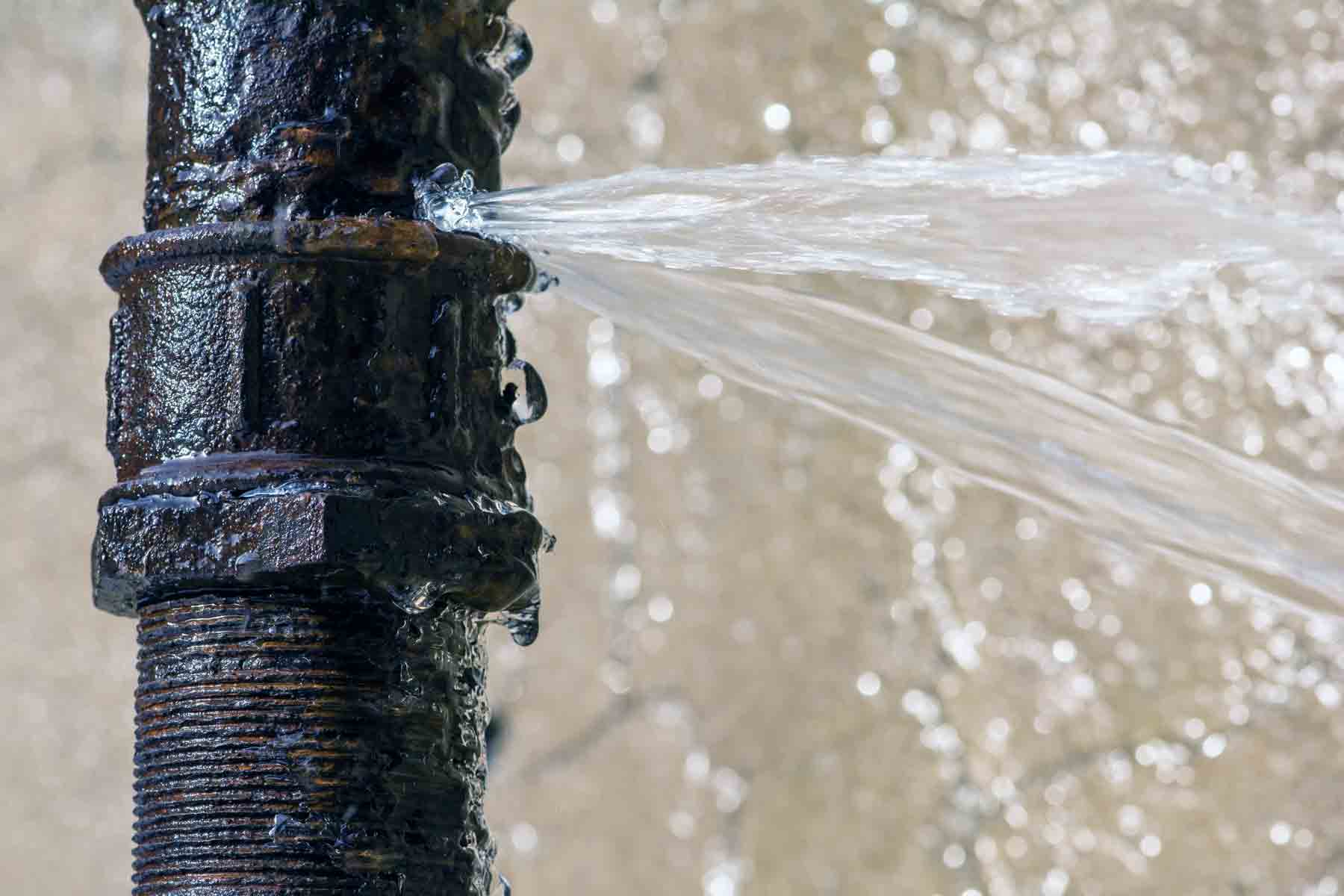Burst Pipe Insurance Claims: What You Need to Know for Water Damage Coverage
Burst Pipe Insurance Claims: What You Need to Know for Water Damage Coverage
Blog Article
What to Do When a Pipe Bursts: Immediate Tips for Home Owners
A pipe burst can be a property owner's worst headache, causing substantial damage otherwise dealt with promptly. The prompt feedback is critical: first, locate the source of the leak and shut off the primary water valve to prevent more flooding. Following this, draining pipes the pipelines comes to be important to reduce additional issues. However, numerous home owners forget the significance of recording the damages for insurance coverage claims, and the process doesn't end there. Comprehending the detailed steps to take can have a profound effect on healing and restoration initiatives. What adheres to next is critical for effective resolution.

Evaluate the Scenario
Begin by identifying the source of the leak; this may involve examining the location around the ruptured pipeline for noticeable indicators of water retreat. If the ruptured took place in a hidden room, such as within a wall surface or under a flooring, look for water discolorations or merging that might suggest the place.
Following, evaluate the surrounding environment for hazards. Look for electrical cords that might be revealed to water, as this postures a substantial risk of electrocution. In addition, take note of any valuable items or furnishings that may be at threat of water damage. Comprehending the scale of the situation will help you prioritize your next activities properly.
Documenting the damage through photos can additionally be valuable, specifically for insurance coverage claims. Time is important, as standing water can bring about mold growth and more structural damage. By extensively examining the circumstance, you will certainly be better prepared to take the needed steps to mitigate more problems arising from the ruptured pipe.
Shut Down the Water
The instant top priority after recognizing a burst pipeline is to turn off the water system to avoid more flooding and damage. Situate the primary shut-off shutoff, normally found near the water meter, in the cellar, or on an exterior wall surface. Transforming this shutoff clockwise will quit the flow of water throughout your home, minimizing the danger of considerable water damage.
If you are incapable to discover the major shut-off valve or if it is malfunctioning, you might require to shut down private shutoffs linked to the affected pipe, if obtainable. Some homes likewise have second valves for particular devices, such as washing machines or dishwashers.
It's recommended to acquaint on your own with the location of these shutoffs prior to an emergency occurs, as this understanding can conserve valuable time throughout a crisis. On the occasion that the major shutoff is stuck or challenging to turn, do not compel it; rather, consider looking for professional assistance.
When the water is shut off, take a moment to examine the scenario additionally while preparing for the next actions, guaranteeing that your home is as safe and secure as possible from added water invasion.
Drain Pipes the Pipes
After closing off the water supply, it is very important to drain pipes the pipes to minimize any remaining water that could cause added damages. Begin by opening all faucets in the home, beginning with the greatest level to the least expensive. This procedure urges the water to move out entirely, permitting gravity to aid in getting rid of recurring water from the pipes.

Be mindful when draining pipes warm water, as it can cause burns. go to my site Correctly draining the pipelines is crucial to protecting against further problems and aids guard your home from additional water damage throughout this stressful situation.
Contact a Professional
Following a ruptured pipe, calling an expert plumbing technician is vital to make certain a comprehensive assessment and effective repair work. Attempting to handle the situation without professional help can result in additional damages and issues. A certified plumber has the experience and specialized devices necessary to identify the origin of the leakage and address it effectively.
When picking a plumbing professional, prioritize those with a solid track record and relevant experience in emergency situation plumbing solutions. Checking on-line evaluations, obtaining recommendations, and verifying credentials can help you make an informed option. It is advisable to contact numerous professionals to compare feedback times, estimated prices, and service offerings.
As soon as you have actually involved a plumber, offer them with as much info as feasible Bonuses regarding the occurrence, consisting of the location of the ruptured pipeline and the actions you have already taken. This info will assist them in identifying the issue quickly and precisely.
Document the Damage
When a plumbing has been spoken to and the instant concerns dealt with, it is essential to document the damages caused by the burst pipeline. Begin by taking clear photographs of the impacted locations, focusing on noticeable damage to wall surfaces, floor covering, and home furnishings.
Following, compile a breakdown of damaged things, including their approximate worth and any type of pertinent purchase information. This stock must incorporate long-term components, personal belongings, and any architectural damages observed. Consist of the estimated price of fixings based on professional assessments or previous quotes for similar work. if possible.
In addition to written and visual documentation, maintain records of any type of interactions with your plumbing technician and insurance service provider. This info will certainly support your case and promote a smoother procedure for repair services. Be meticulous in your documents initiatives, as comprehensive documents can significantly influence your capacity to get settlement and expedite remediation efforts. By taking these steps, you will certainly be better prepared to navigate the results of the event - burst pipe.

Final Thought
Immediate analysis of the scenario, complied with by closing off the main water supply, is essential. Draining the pipelines and recording the damage makes sure correct More about the author handling of the occurrence for insurance policy functions.
The prompt top priority after identifying a burst pipe is to close off the water supply to protect against further flooding and damages. Transforming this shutoff clockwise will stop the flow of water throughout your home, reducing the threat of extensive water damages.
After closing off the water supply, it is vital to drain pipes the pipelines to lessen any type of staying water that can lead to added damage. For homes with a hot water heating system, you need to additionally drain pipes the storage tank by linking a hose pipe to the drain shutoff and routing the water right into an appropriate container or outside.
Properly draining pipes the pipelines is crucial to preventing additional problems and helps guard your home from extra water damage throughout this difficult circumstance.
Report this page